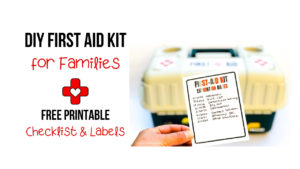
DIY First Aid Kit for Families
Comprehensive list of things to include in your DIY first aid kit. This article explains why, includes helpful links, and compares different products.
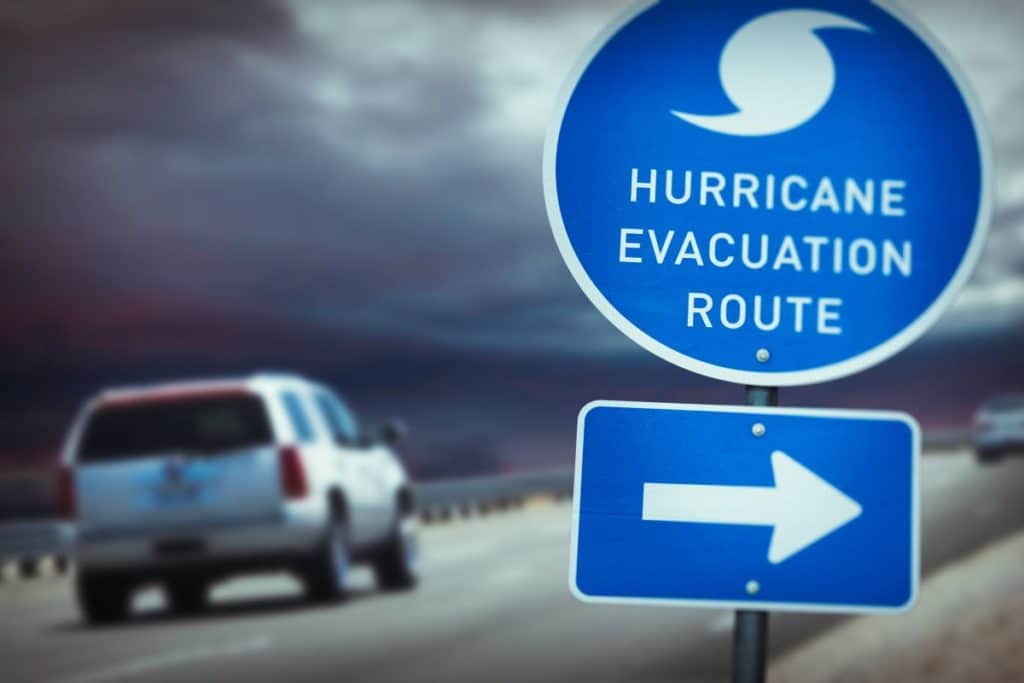
Hurricanes can happen along any U.S. coast or territory in the Atlantic or Pacific. And the damage they cause can be catastrophic. Protect your family by creating a hurricane preparedness list.
**This post contains affiliate links, which means if you click on a link and make a purchase, I may make a small commission at no extra cost to you.
Hurricanes are massive storm systems that form over warm ocean waters and move toward land. They can affect areas more than 100 miles inland!
Hurricanes are categorized by number, and the number describes how strong the winds are.
Category 1 = 74-95 mph
Category 2 = 96-110 mph
Category 3 = 111-120 mph
Category 4 = 140-156 mph
Category 5 = 157+ mph
According to FEMA, threats from hurricanes include:
That’s a lot of things to prepare for! But don’t worry; I got you.
I lived in the southeastern corner of Alabama when Hurricane Ivan came through in September 2004. Ivan was considered the worst hurricane to strike the nation since Hurricane Janet in 1955 (Hurricane Katrina hit New Orleans the next year in August 2005).
While our particular neighborhood did okay, others in our city weren’t so lucky. We only lost power for about 24 hours, but our friends who lived less than 10 minutes from us were without power for 2 weeks. Windows were shattered, rooftops destroyed, and a whole lot of roads were closed due to a whole lot of downed trees and power lines.
I kind of feel like we cheated the system there. We had a front row seat to the awesome spectacle of nature that day, but didn’t suffer from it. It was nothing more than an adventure for us, while others’ entire lives were turned upside down (or lost completely).
If there’s one thing I learned from that experience, it was that hurricanes are no joke. Being prepared is KEY to staying safe and somewhat comfortable while the storm shakes out. Of course, no level of preparedness can save a house or even a life, when it is placed in the direct path/wake of a hurricane. There is only so much you can do. But for those who don’t suffer the full extent of the destruction, preparedness can make all the difference!
Wind, flooding, and power outages are the main ways that your life and property can be affected by a hurricane.
There are several things you can do prior to a hurricane, in order to protect your home. Obviously your home will be at the mercy of the storm, but you want to do all you can to increase the chances that your house will come out of it as unscathed as possible.
Several of these things can be done regularly, rather than in a frantic response to an emergency alert.
For a more concise, comprehensive printable checklist, fill out the form at the bottom of this post to have it delivered directly to your email inbox!
Between strong winds and rising water, it’s no surprise that power lines go down and you can be without power for days. I have an EXTENSIVE post for you on power outages. Actually, I broke into four posts- it’s that informative. And it’s helpful for all types of disasters. So here are just a few tips from that post:
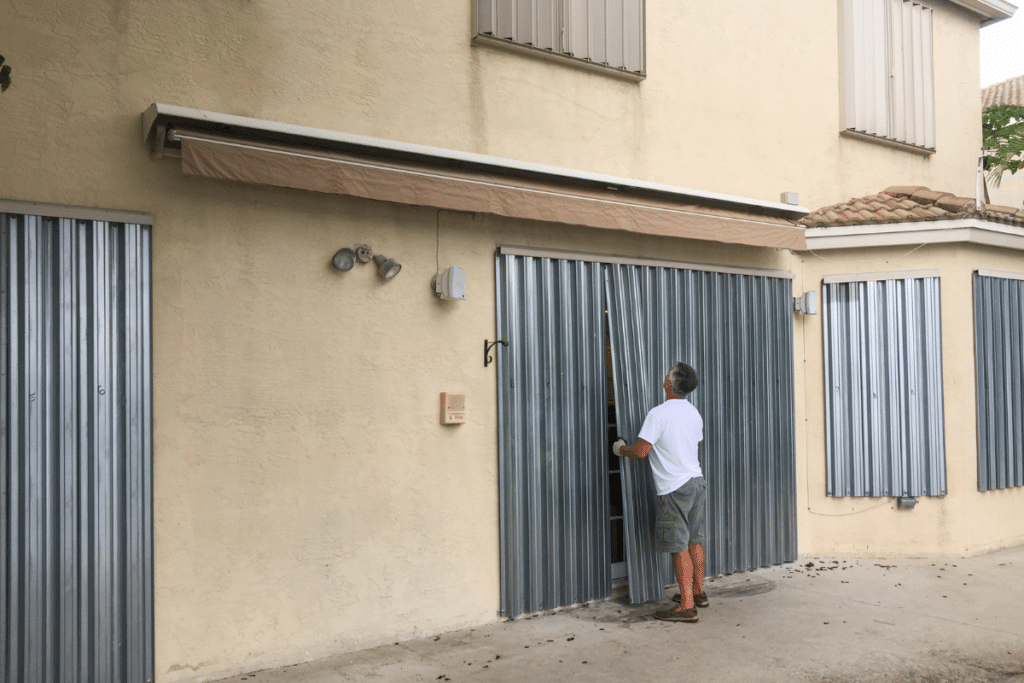
There are basically 2 courses of action when responding to a hurricane warning in your area:
1 – Evacuate – this is when you get the heck out of there and go someplace safe.
2 – Shelter in Place – this is when you stay home, hunker down, and wait out the storm.
If you are advised to evacuate, do so immediately! I cannot stress this enough. If there is ONE thing you take from this, take that. Don’t mess around with evacuating. If you wait too long, your evacuation window could close, and you’ll be on your own. Another reason to not wait is traffic. The quicker you get out, the better chance you have of escaping the danger before it comes, rather than being stuck in traffic when the hurricane hits.
There are a few key things to have prepared WELL in advance of an evacuation.
Don’t wait til a hurricane is on the horizon; these are things you want to have done before hurricane season even starts!
Have your 72-Hour Kits ready. If you don’t, that should be a top priority to get figured out ASAP.
If you decide to shelter in place, you are obviously going to need to consider a lot more things to have on hand, in order to ride out the storm comfortably. You should be ready to live without power, water, gas, phone, and internet for a long time.
Here are a few things to keep in mind if sheltering in place is a possibility for you.
OTHER SAFETY TIPS:
The very first thing you can do right now is sign up for emergency alerts from your local government.
You can do a quick Google search by typing “emergency alerts” followed by the name of your city/county.
Another source of emergency alerts is the free Red Cross Emergency App.
That’s the easy part, so don’t skip it!
Once you’ve downloaded the app(s) and signed up for local emergency alerts, you’ll want to know the difference between a watch and a warning.
Now let’s talk about actually putting a plan in place to respond to whatever alert you receive.
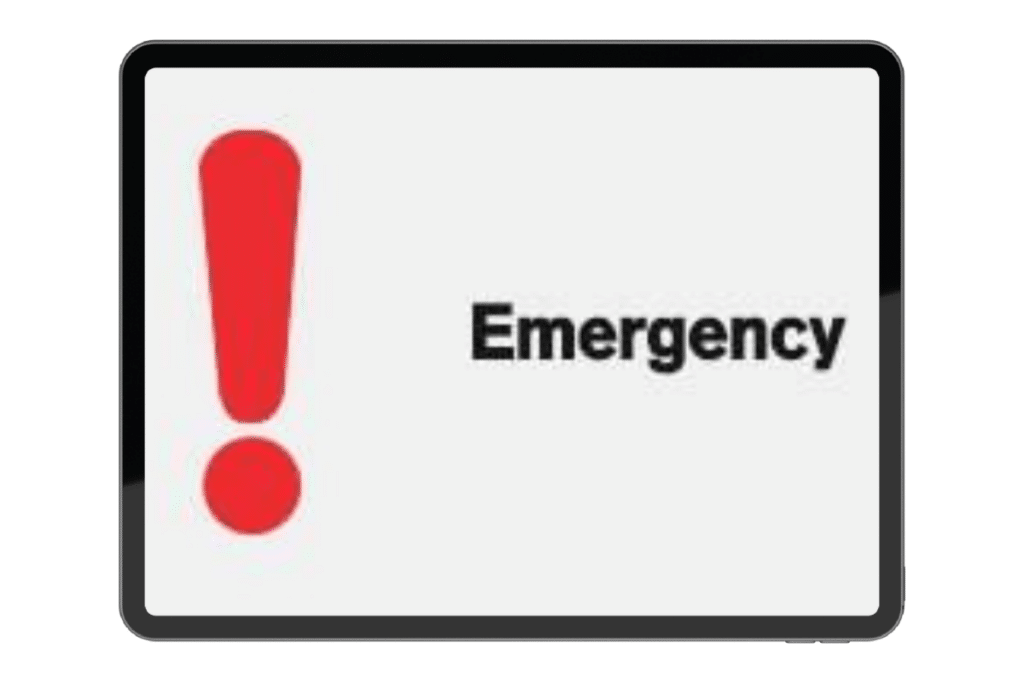
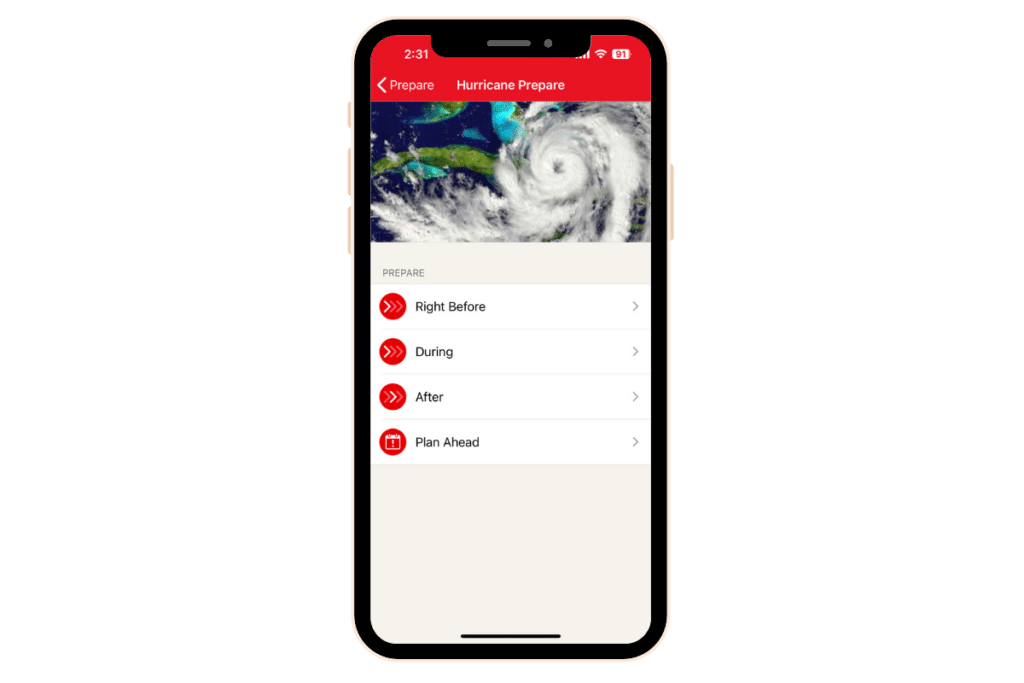
Regardless of if you decide to evacuate or stay at home, you will need to take measures to protect your house and your family.
The number one hurricane preparedness tip that most survivors give is this: ACT AND REACT EARLY. There is no such thing as too much action.
As I mentioned above, power outages are a whole topic in themselves. Since the checklist for preparing for extended power outages is quite comprehensive, I am going to direct you to the 4-part series that covers power outages. However, I have added all of the power outage recommendations to the FREE comprehensive Hurricane Preparedness Checklist that’s available at the bottom of this post, so be sure to snag that!
Do you have enough food to last several weeks in your home? You may not be able to leave your home for several days if the roads are impassable. Even if you can get around, if trucks can’t get to your area to restock the stores there, you’re still going to be out of luck. Be prepared for both immobility and possible disruptions to the supply chain.
You will be the most prepared utilizing BOTH long term food storage and short term food storage.
Our family pets are even more helpless than our children. Just simply having food and water for them is not enough. I have a post for you that will help you prepare to take care of your pet in any disaster.
Did you notice that most of the things on this list are things you can do well in advance? In fact, most of them MUST be done well in advance, because once a hurricane is spotted, it’s often too late to get things ready.
Whether it’s items to buy, documents to gather, or 72-hour kits to assemble, there are so many things to do before hurricane season ever starts!
And then of course, there are a few things to do once a hurricane warning is issued.
The point is, START NOW.

Comprehensive list of things to include in your DIY first aid kit. This article explains why, includes helpful links, and compares different products.
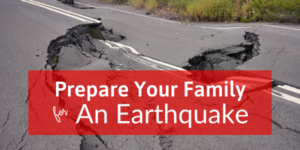
Make sure your family is safe by doing these 11 things to prepare for an earthquake NOW. You’ll be surprised at how easy some of these things are.
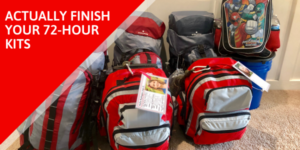
If you are totally overwhelmed this simple 72-hour kit schedule will keep you focused so you can actually finish your family’s emergency kits.